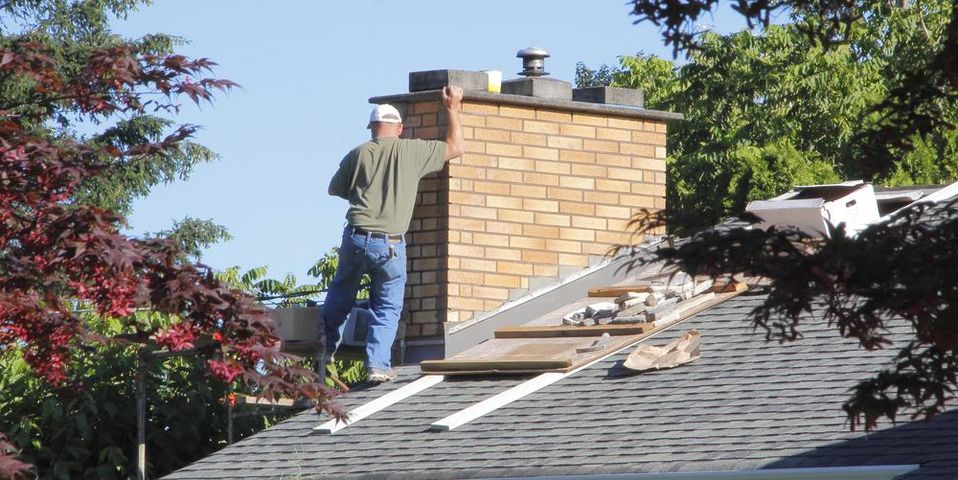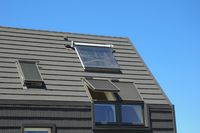A Roofing Contractor Explains Proper Flashing & Why It Is So Important

Flashing is an important part of directing water flow around vulnerable areas in your roof, such as with dormer windows, chimneys, vents, or even skylights. According to the roofing contractors at Walter St. Clair Roofing in Cincinnati, OH, flashing that is installed improperly can lead to deteriorating roof materials and create structural damage within the home.
Whenever you perform roof repairs, you should ensure that your flashing is correctly installed to meet the changes and avoid damage to your home. Here are a few flashing details these roofing contractors would like you to remember when installing or making updates to the following areas of your roof:
 Chimneys: Usually, when a chimney develops a leak, the source can be attributed to sheet-metal flashings that are either rusted, missing, or covered in roofing tar. Whenever these signs arise or it’s time to replace your shingles, you should install new galvanized metal or PVC-based flashing strips between the roof and the chimney and cap flashing, which is attached to the mortar of the chimney’s brickwork.
Chimneys: Usually, when a chimney develops a leak, the source can be attributed to sheet-metal flashings that are either rusted, missing, or covered in roofing tar. Whenever these signs arise or it’s time to replace your shingles, you should install new galvanized metal or PVC-based flashing strips between the roof and the chimney and cap flashing, which is attached to the mortar of the chimney’s brickwork.- Dormer Windows: The flashing designs for dormer windows can vary from one home to the next, but typically they will require flashing squares between each row of roofing material. The flashing should also be extended beyond the material to form a front apron. Some homeowners prefer to use the flashing as a strip that runs under the roofing material and around the dormer.
- Skylights: Most often the flashing for a skylight should be one continuous piece that is placed under a wood curb. Sometimes it is necessary to temporarily raise or remove the skylight in order for proper flashing to be installed.
- Vents: When adding new roofing material around a vent, it is usually necessary to alter the height of the flashing detail around the vent. If you are adding a new hood vent, the flashing flange should be placed under the shingles but above the vent, and the flashing will go over the shingles but below the vent. Flashing for pipe vents should be placed over the pipe so that it extends four inches below, eight inches above, and six inches to the right and left of the pipe. The bottom part of the flashing should overlap the row of shingles it arrives on.
When you require roof repairs and want to ensure the flashing on your home is up to snuff, contact the roofing contractors at Walter St. Clair Roofing. Call them today at (513) 641-3265 or learn more about their roofing services by visiting them online.
About the Business
Have a question? Ask the experts!
Send your question

